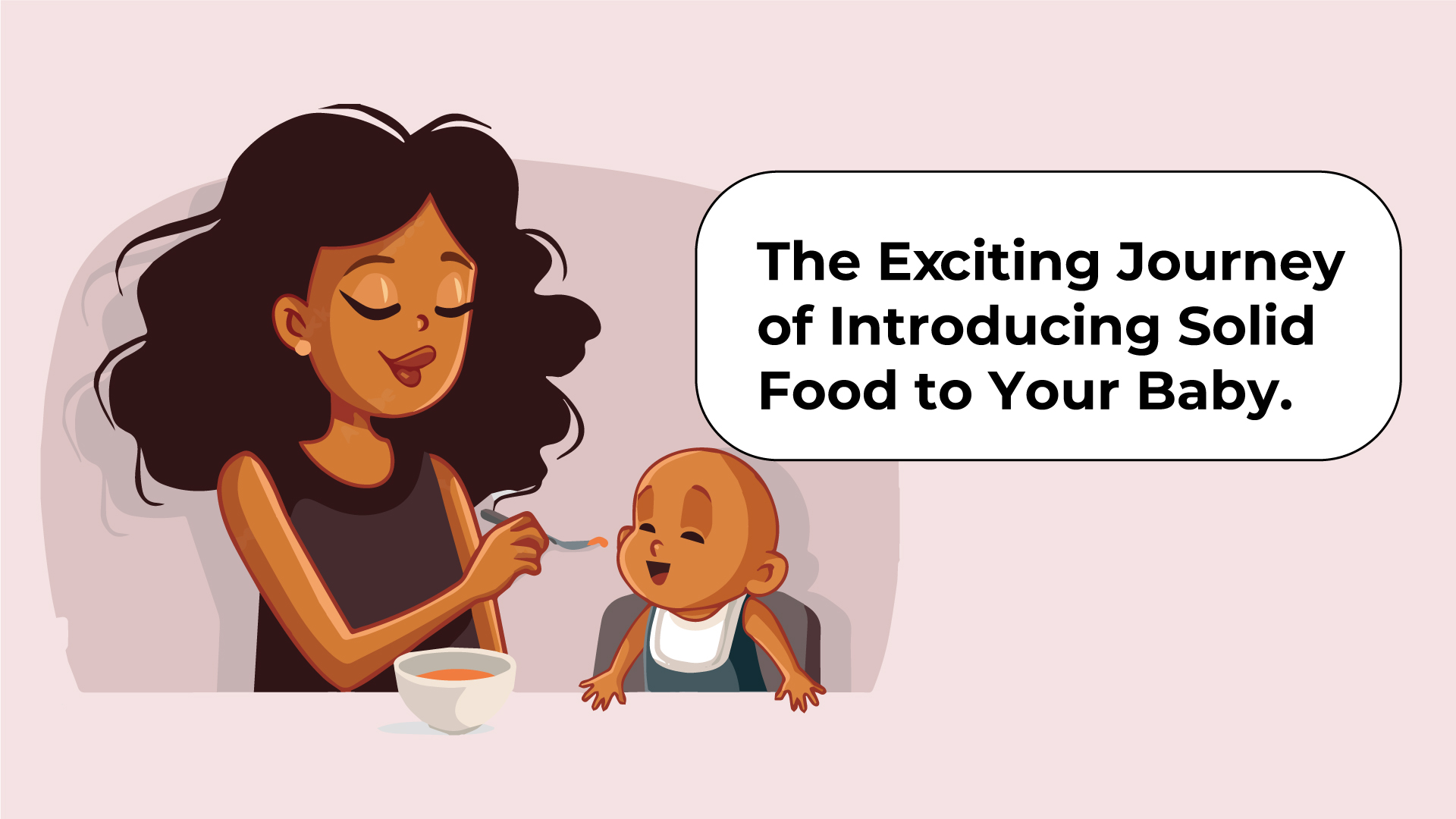
As a parent, few milestones are as thrilling and rewarding as introducing your little one to solid foods. It marks the beginning of a whole new chapter in their growth and development, opening a world of Flavors, textures, and culinary adventures. However, this journey can also be filled with questions, uncertainties, and even a bit of anxiety for first-time parents. Fear not, for in this guide, we will navigate through the ins and outs of introducing solid foods to your child, making this transition as smooth and enjoyable as possible.

Paediatricians typically recommend starting solids around the age of six months. At this stage, most babies have developed the necessary motor skills to sit up with support and coordinate their mouths to swallow food. However, every child is unique, so it is essential to watch for signs of readiness, such as increased curiosity about what you are eating, the ability to hold their head up steadily, and diminished tongue-thrust reflex.
When it comes to selecting the initial solid foods for your baby, simplicity is key. Opt for single-ingredient, easy-to-digest foods that are unlikely to trigger allergies. Some excellent options include mashed fruits like bananas, pears, and avocados, as well as cooked and pureed vegetables such as sweet potatoes, peas, and carrots. Iron-fortified infant cereals are also a popular choice, providing essential nutrients for your baby's development.
As you gradually introduce new foods to your baby, remember to do so one at a time, spaced several days apart. This approach allows you to monitor for any adverse reactions or allergies. Start with small portions and observe how your baby responds to each new taste and texture. Do not be discouraged if your little one initially rejects a particular food; it may take several attempts before they acquire a taste for it.
In the beginning, your baby's meals will be smooth and runny to prevent choking hazards. However, as they grow more accustomed to eating solids, gradually increase the texture of their foods. Introduce mashed or finely chopped varieties to encourage chewing and stimulate oral motor development. By around eight to ten months, your baby should be ready to handle soft finger foods like small pieces of cooked pasta, ripe fruits, and steamed vegetables.
Make mealtimes a fun and enjoyable experience for your baby by creating a relaxed and positive atmosphere. Sit facing your little one, maintain eye contact, and engage them in playful conversation. Offer a variety of foods in vibrant colours and interesting shapes to stimulate their curiosity. Allow your baby to explore and experiment with their food, even if it results in a messy mealtime. Remember, it is all part of the learning process!
While introducing solids is an exciting milestone, it is essential to always prioritize safety. Always supervise your baby during mealtime and ensure they are seated upright in a high chair or infant seat with proper support. Avoid foods that pose a choking hazard, such as whole grapes, nuts, popcorn, and chunks of raw vegetables. Cut foods into small, manageable pieces, and encourage your baby to chew thoroughly before swallowing.
Introducing solid foods to your baby is a journey filled with discovery, growth, and cherished moments. Embrace this exciting milestone with enthusiasm and patience, celebrating each new taste and milestone along the way. Remember, every child progresses at their own pace, so trust your instincts and enjoy the adventure of nourishing your little one's budding palate. Before you know it, they will be delighting in a world of culinary delights, and you will be reminiscing about these precious early days with a smile.
Happy feeding!